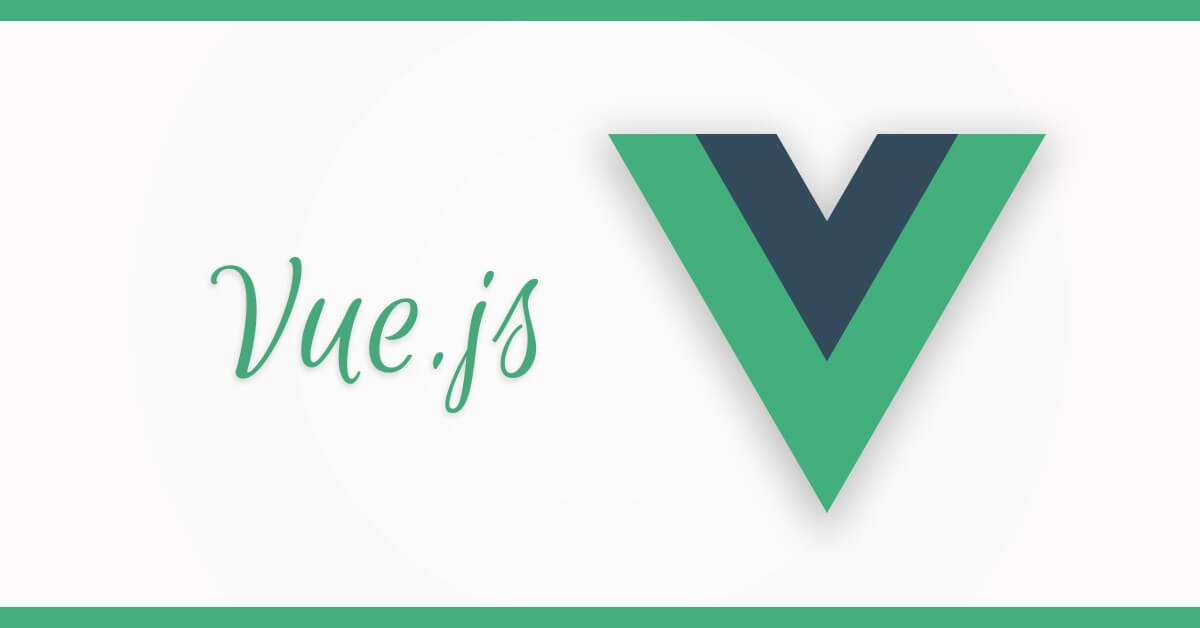Vue JS and Its Wonders
By Rasel Ahmed
Date: May 23, 2019

Software development sector is rapidly growing day by day resulting we are getting lots of developers in this area. If there are more contributors, the number of software technologies could increase because everyone wants to make the applications faster, user-friendly and more attractive. Vue JS is one of those software technologies that help the developers cope up with the new trends.
What is Vue JS?
It is a JavaScript framework which is developed by Evan You. It is a progressive framework for building user interfaces.
Why we use Vue JS?
Simplicity
Integrating Vue JS with a web project is very simple. You do not need the knowledge about JSX, ES6 or build systems. If you know basic HTML, CSS, and JavaScript, you can start working with it. It would be really helpful for a developer for this fast-paced development without prior knowledge.
Flexibility
Flexibility is another good side of this framework. You can just create an app and run it straight from the browser. You can also create a complex application as you need.
Documentation
The documentation of Vue is very readable and descriptive. There are lots of code examples and these are really easy to understand.
Animations
Vue adds and removes classes on components or elements during the transition process. These are 6 different classes which can be customized for handling timing and animation properties.
How to start?
Add the CDN to your HTML body
Just add the Vue Library CDN (you can find it here https://vuejs.org/).
<script src="https://cdn.jsdelivr.net/npm/vue/dist/vue.js"></script>
Build your first component
There are two ways to build a Vue component, we will see the simplest one here.
Create a new file named app.js and write these codes.
var app = new Vue({
el: '#app',
data: {
name: 'James'
}
})
Create the index.html file and write these codes.
<div id ="app">
Hello <input type="text" value="{{ name }}">
</div>
Add the app.js file after the CDN file in index.html.
And that’s it You have created your first Vue component-based web application.
Top Packages/Frameworks of Vue JS
There are lots of packages which makes life easier for Vue developers. Some of them are,
- Bootstrap Vue
- iView
- Deep Reader
- AT UI
- Nuxt.JS
- Vue Admin
- Vuetify
- Quasar Framework
- Vue Material
- Mint UI
- Framework7
Vue JS vs Other Frameworks
Vue JS vs React JS
- React can be used for almost any platform. Whether it’s web or native development. It is also now evolving in virtual reality. Vue is also going for the native. Developers are working which will allow native rendering comparable to React Native
- Vue is simpler, it has some features which are from Angular and React. Just include it with HTML and use it without any build system.
- React has some build toolchain like Webpack, JSX. However, Webpack is not required for Vue. After including the library, you can write ES5 applications right away.
Vue JS vs Angular JS
- The library size of Vue is smaller than Angular
- Angular has been adopted by big names like Google. However, Vue has also GitLab, Laravel, PageKit, etc.
- User needs to have an understanding of TypeScript, to begin with, Angular. For Vue, it can be used anywhere like in Codepen using CDN library.
- In Angular, it is not that easy to integrate and start working with other existing projects. In this case, Vue can be easily merged with other projects.
Vue has made life easier for JavaScript developers. Every framework has some pros and cons. We just need to select our framework depending on the project’s features and requirements.


